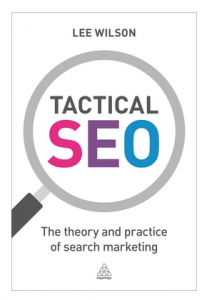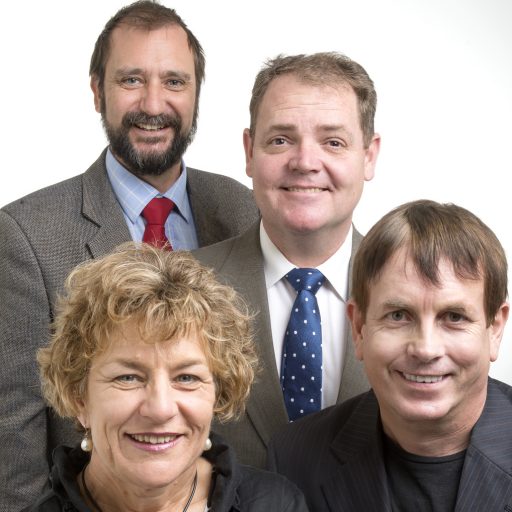
Peter Lazar, author of ‘So you want to be in PR?’
Research at University of Southern Queensland a few years ago showed that only about 11% of our PR students had heard of the profession by the time they reached Year 12.
Knowledge of the profession and how it works is still abysmally low.
That’s why a new book by Australian PR pioneer Peter Lazar should be on the shelves of every career guidance counselor and PR undergraduate student.
So you want to be in PR? is a series of short, easy to read anecdotes of Peter’s experiences in the industry, from the early 1960s to 2015.
The range of case studies – 46 are presented here – give a comprehensive picture of what a job in PR would involve. Just reading a few of them could give enough information for career decisions.
It gives terrific insight into the activities involved in good PR: creativity, a strong sense of what is right, detailed organizational skills and clever execution.
For instance, can you imagine using a giant dressmaker’s tape to measure up an elephant for some gargantuan cotton underpants? Or the media coverage that would generate for the client, the Australian cotton industry?
What about convincing a traditionally reclusive client like the Freemasons to get into the limelight and be open about the organisation to successfully head off a storm created by Dan Brown’s book, The Lost Symbol?
And the logistics of launching a new sheep drench in the Sydney CBD complete with sheep, sheep dogs and very Australian shepherds?
Or, my favourites, the cases that describe him counseling organisations and industries to quit riding roughshod over stakeholders; to change their behaviour to silence media criticism rather than engage the firm to ‘spin’ them out of trouble.
Peter’s informal style and his obvious love for his job shows how rewarding and fun this industry is in ways that formal academic case studies and award entries do not.
He gets sidetracked sometimes, and there are a few annoying in-joke moments, but if you are in PR and struggle to explain your job to family, friends and school-leaver mates who have asked you about it – buy them or lend them this book.
Funny, insightful, and heartening for those of us in PR who believe in the social value of our job.
Barbara Ryan is a senior lecturer in public relations at the University of Southern Queensland and believes that PR really is The Best Job in the World.



 Dreamworld owners, Ardent Leisure, have been accused of failed crisis communication. Even Ardent Leisure CEO, Deborah Thomas, stated that she could have better handled the communication.
Dreamworld owners, Ardent Leisure, have been accused of failed crisis communication. Even Ardent Leisure CEO, Deborah Thomas, stated that she could have better handled the communication. probably trigger more “death of the media release” articles.
probably trigger more “death of the media release” articles.
 Content marketing’ is the latest marketing buzzword, and just saying the words brings out a little enthusiasm in everyone.
Content marketing’ is the latest marketing buzzword, and just saying the words brings out a little enthusiasm in everyone.
